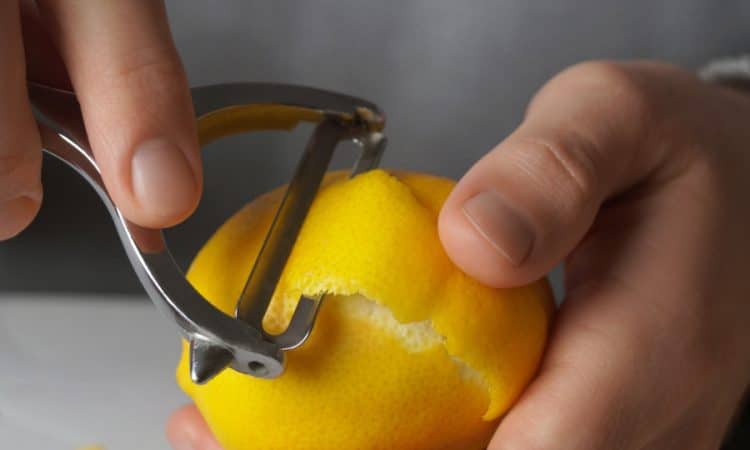
Normally, lemon peel is discarded. However, this part of the fruit can be turned into a ‘trap’ that helps keep flies away from your home, while also reducing food waste. Informe Brasil shared a simple example of how you can reuse lemon peel effectively.
Ingredients and Preparation
- Lemon Zest: Start by grating the zest of two large lemons into a container.
- White Vinegar: Add one cup of white vinegar to the container.
- Cloves: Add a handful of cloves.
- Ethyl Alcohol: Include two tablespoons of ethyl alcohol.
Mix all the ingredients very well and transfer the resulting solution to a glass container with a lid. Leave the mixture to stand for about one to two days. This resting period allows the ingredients to meld together, enhancing the effectiveness of the solution.
Application
- Strain the Liquid: After the mixture has rested, strain the liquid and transfer it to a spray bottle. This will make it easier to apply the remedy.
- Spray Areas: Spray this natural insecticide in all the areas of the house where you often encounter flies.
This solution not only keeps flies away but also helps repel cockroaches and ants. By using lemon peels in this way, you are making an eco-friendly choice that reduces waste and keeps your home free from pests naturally.
Benefits of Lemon Peel Insecticide
- Eco-Friendly: Reduces food waste and avoids the use of harsh chemicals.
- Multi-Purpose: Effective against flies, cockroaches, and ants.
- Cost-Effective: Utilizes ingredients that are often already available at home.
By incorporating this simple yet effective method, you can maintain a cleaner and more pleasant living environment without relying on commercial insecticides. Plus, you’ll be making the most out of every part of the lemon, showcasing a practical approach to sustainability.

